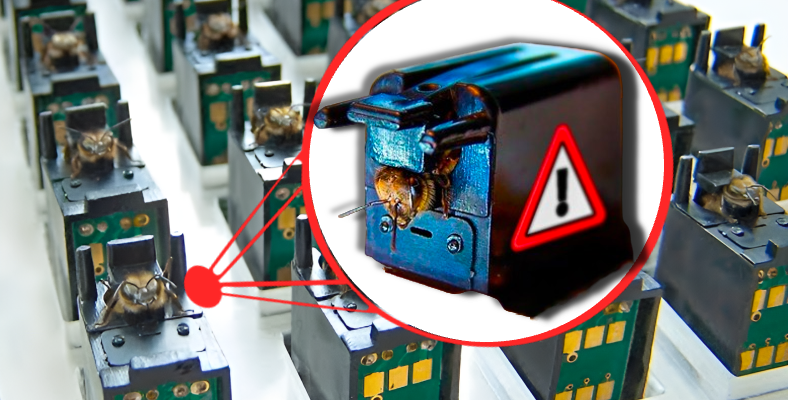The abilities of honeybees, which we know to collect nectar from flowers and make honey, are not limited to this. These animals can do jobs beyond their capabilities and even play an important role in detecting explosives, just like dogs. “But how will that happen?” We seem to hear you say.
These animals have a tremendous sense of smell, and in fact, their ability It allows various chemicals and explosives to enter their radars. Of course, honeybees undergo gradual training for this task and at the end of the process, they become experts.
So, how does the education process of honey bees progress and What is behind these talents of theirs?
Honeybees are highly skilled at detecting chemicals in the air and therefore play an important role in detecting explosives.
This journey of honey bees, It starts with them collecting explosives from their casings.. The bees are collected safely in a room before being transported to the laboratory. Handheld devices specifically designed for this gathering place are used.
In fact, this first step allows the bees to prepare for the training necessary to become detection experts. Before the training starts They need to be cooled to slow down their movements.
This is necessary to facilitate handling during the harness operation.
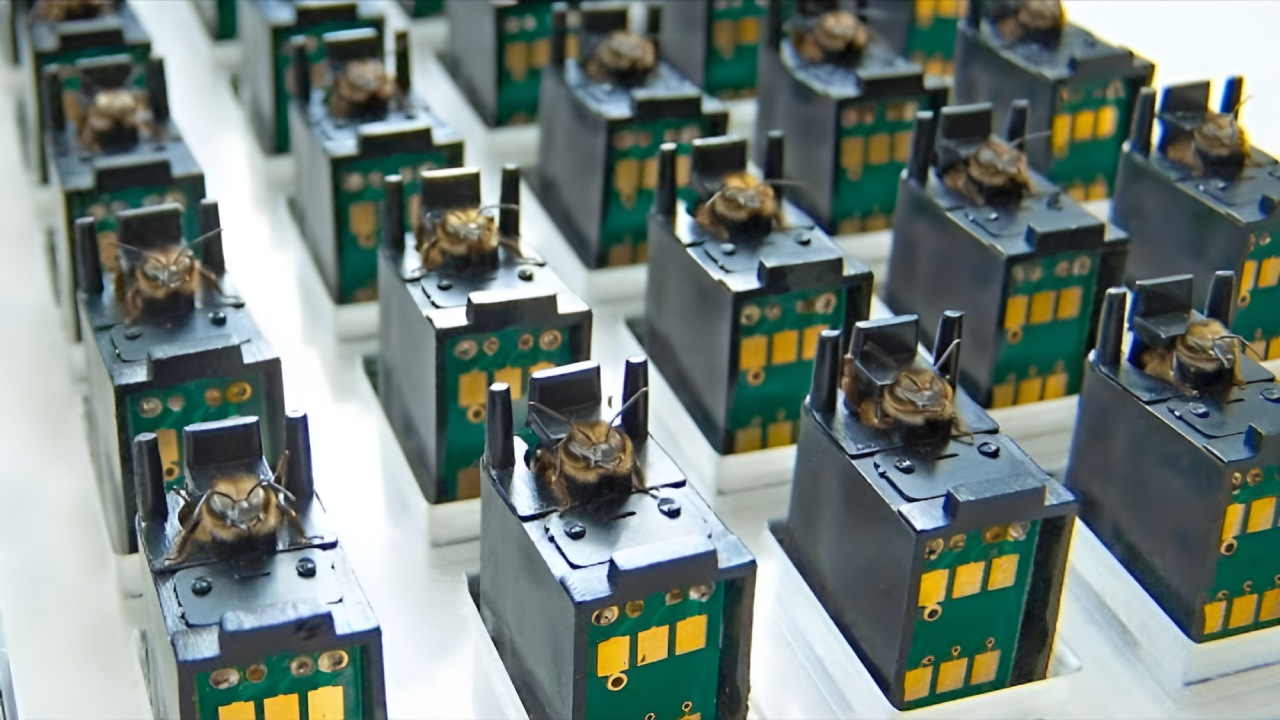
Cooled bees are placed in harnesses and given time to adjust to their new environment. Since placing each bee one by one is a tiring task for experts, laboratories automatic bee loading machines that simplify the process has developed.
These machines trapping bees and forcing them to enter a cylinder one by one Allows. The cylinders are then dropped into a loading tube, each bee is gently pushed into the harness and its position is fixed.
Training honeybees for explosive detection is essentially the same as the conditioning principles used in other animals.
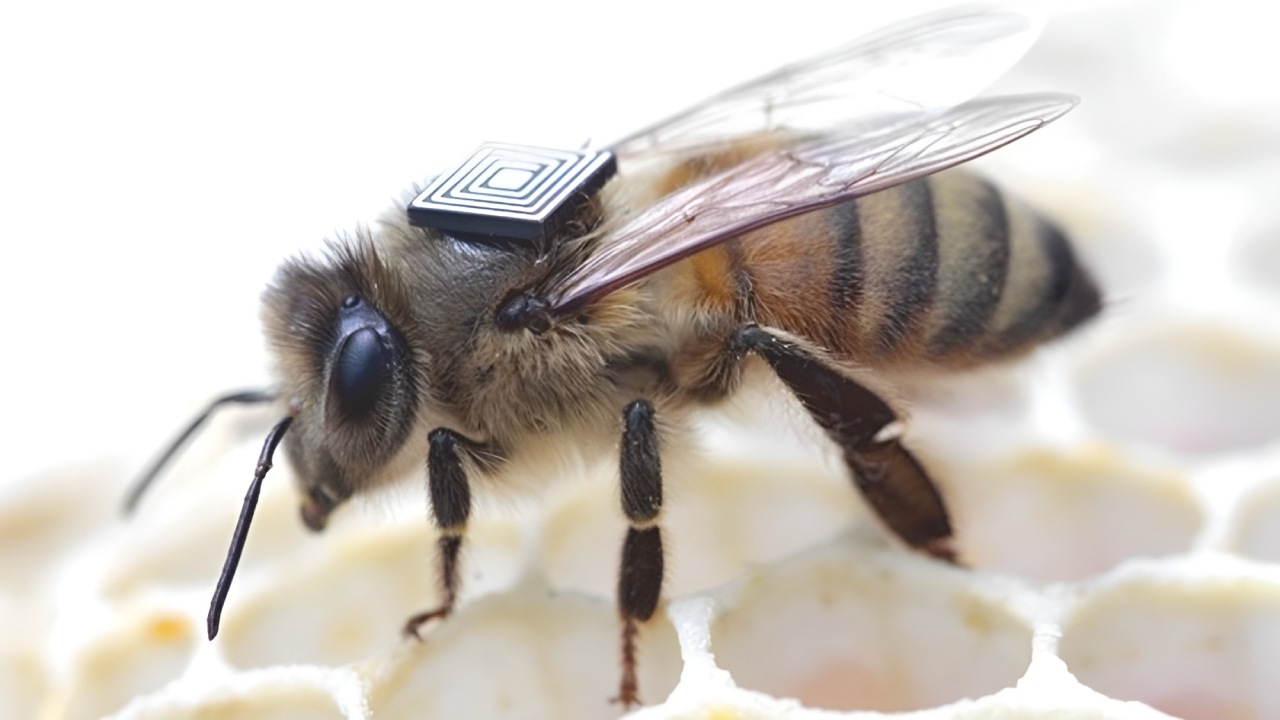
Bees are exposed to a neutral stimulus and then presented with food. This process creates a relationship between the stimulus and the outcome. It allows bees to recognize and respond to the specific scent they have been trained on.
Although honeybees do not salivate like dogs during this training, Their proboscis, or tongue, plays an important role as a tasting tool. In fact, bees’ proboscis extension reflex is a critical proficiency test that determines their suitability for training.
Honeybees that successfully demonstrate the proboscis extension reflex when presented with sugar water on a stick enter the training phase.
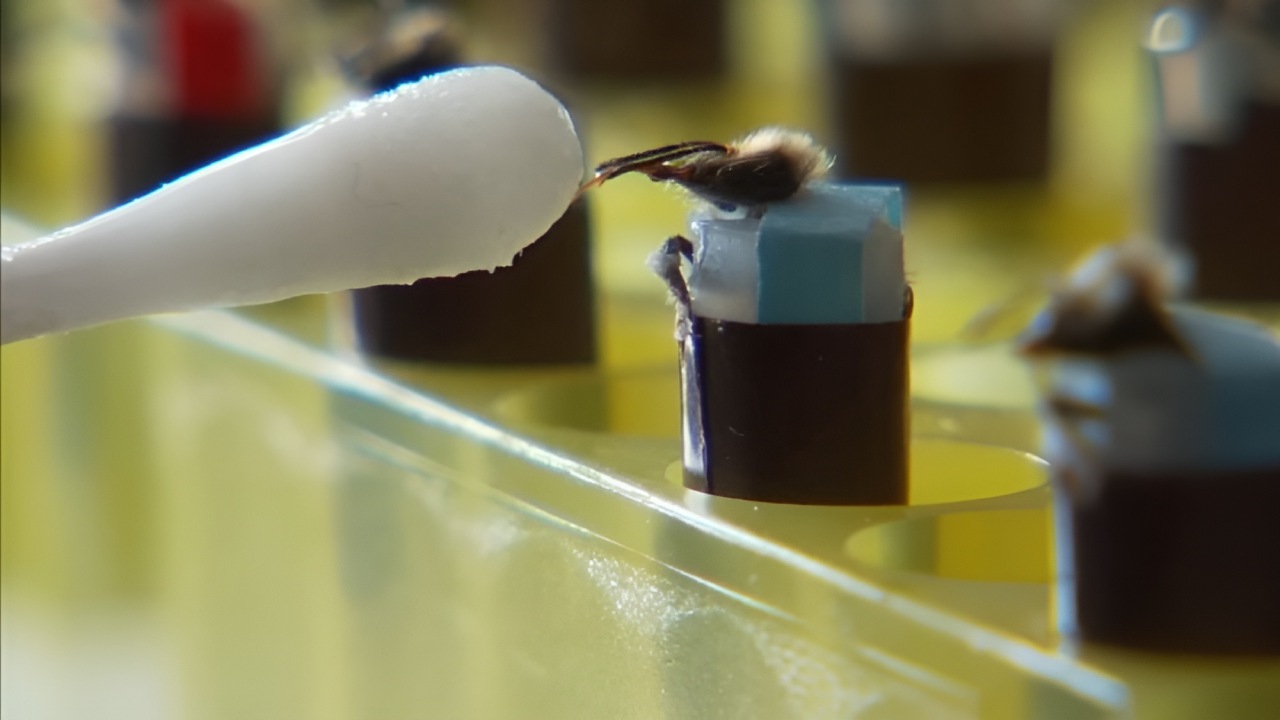
In addition, this training, while a feeding mechanism arises in front of them, can be automated by exposing them to explosive vapors. This relationship between scent and reward helps bees understand the task.
Likewise, after a few training rounds, bees voluntarily exhibited the desired reflex when they encountered the smell of explosives. is now considered ready for field work.
To determine how successful honey bees are in this training, their reactions should be monitored.
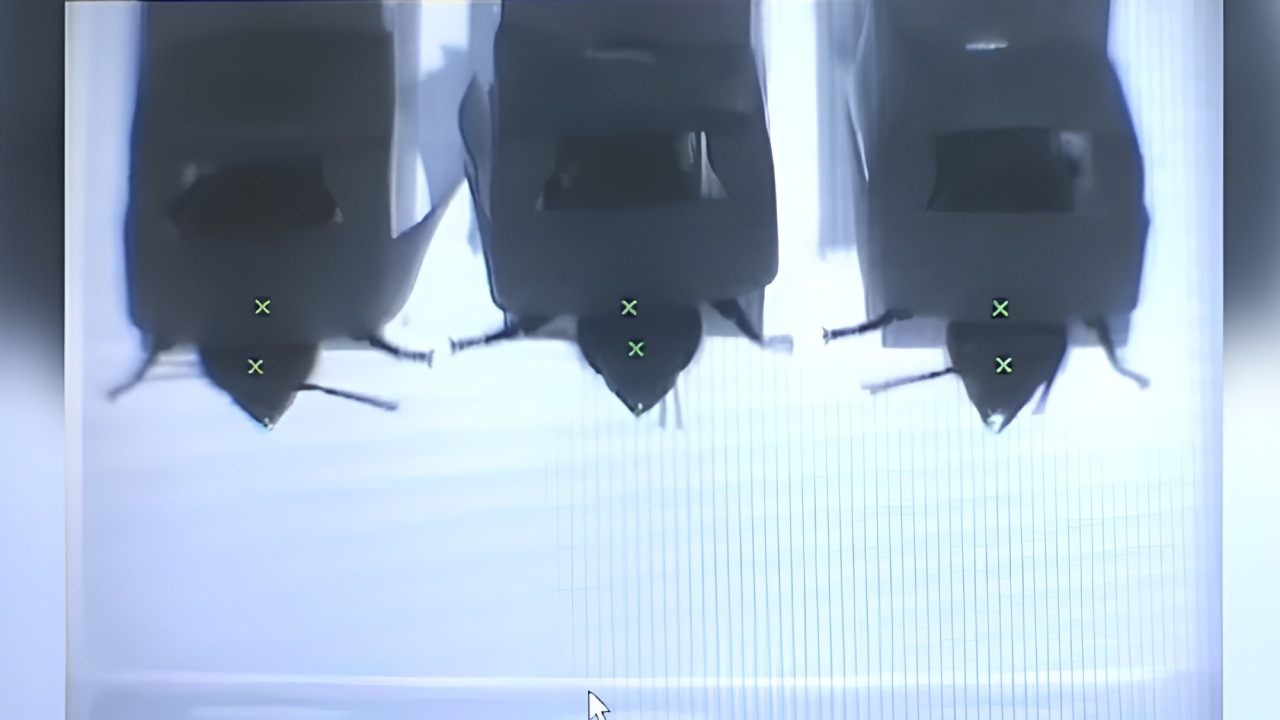
Two different methods are generally used for this monitoring. The first of these is that bees It is the use of cameras to capture close-up images. Computer vision algorithms are then used to interpret the bees’ proboscis extension response to determine whether explosive detection has occurred.
In the second method, each honey bee Infrared LEDs are placed in front of it and light sensors detect whether the honeybee’s tongue is extended or retracted.
Once the honey bees are trained, their detection abilities are put to use with the help of a hand-held detection device.
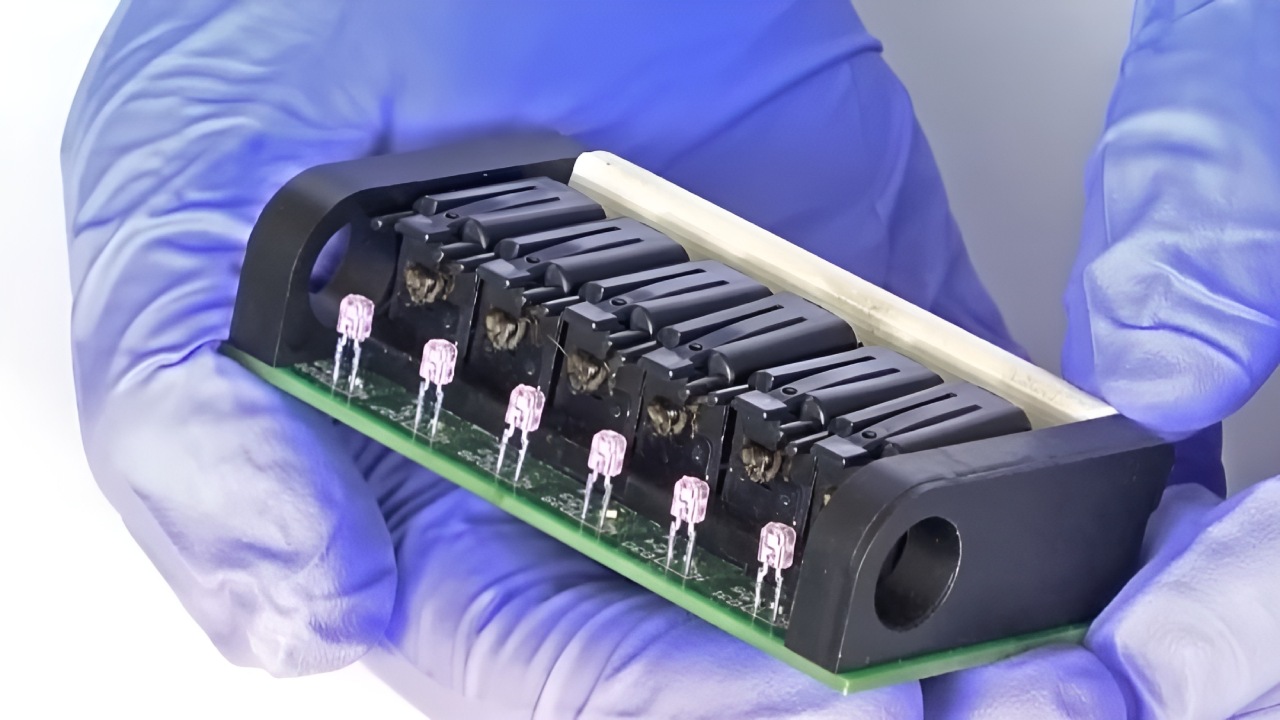
There are as many devices monitoring them as there are bees, and these animals are is exposed to air samples from the target area. In other words, if each bee extends its tongue to indicate the presence of explosives, the color of the relevant square on the viewing screen changes.
Using honeybees for explosives detection provides several advantages over other methods.
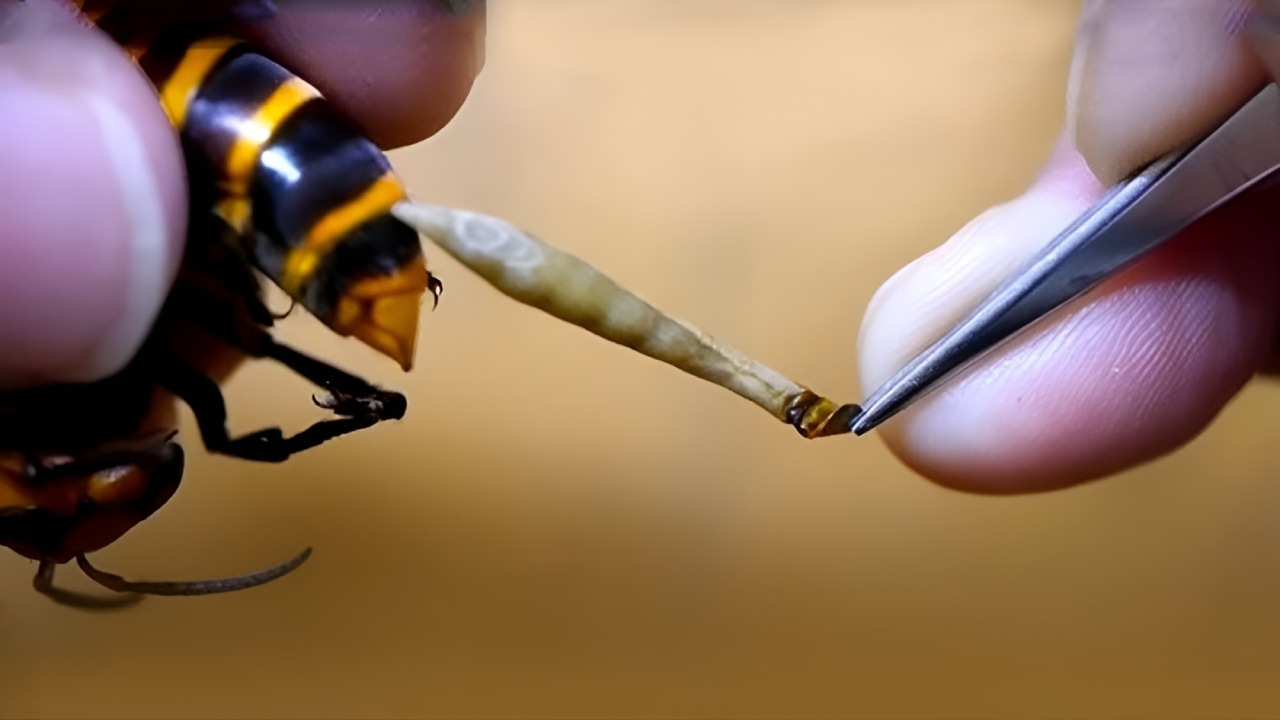
For example, unlike sniffer dogs, honeybees can be trained in a few hours rather than months, making Significantly reduces training costs and time. Again, the maintenance cost of these animals is lower than most animals, and only sugar water is sufficient as a reward.
Additionally, the small size of honeybees makes it possible to reach areas inaccessible to humans and larger animals. Again their their extraordinary ability to smell and withstand harsh conditions, This makes honeybees very valuable assets in explosive detection.
At this point, there are advantages as well as disadvantages.
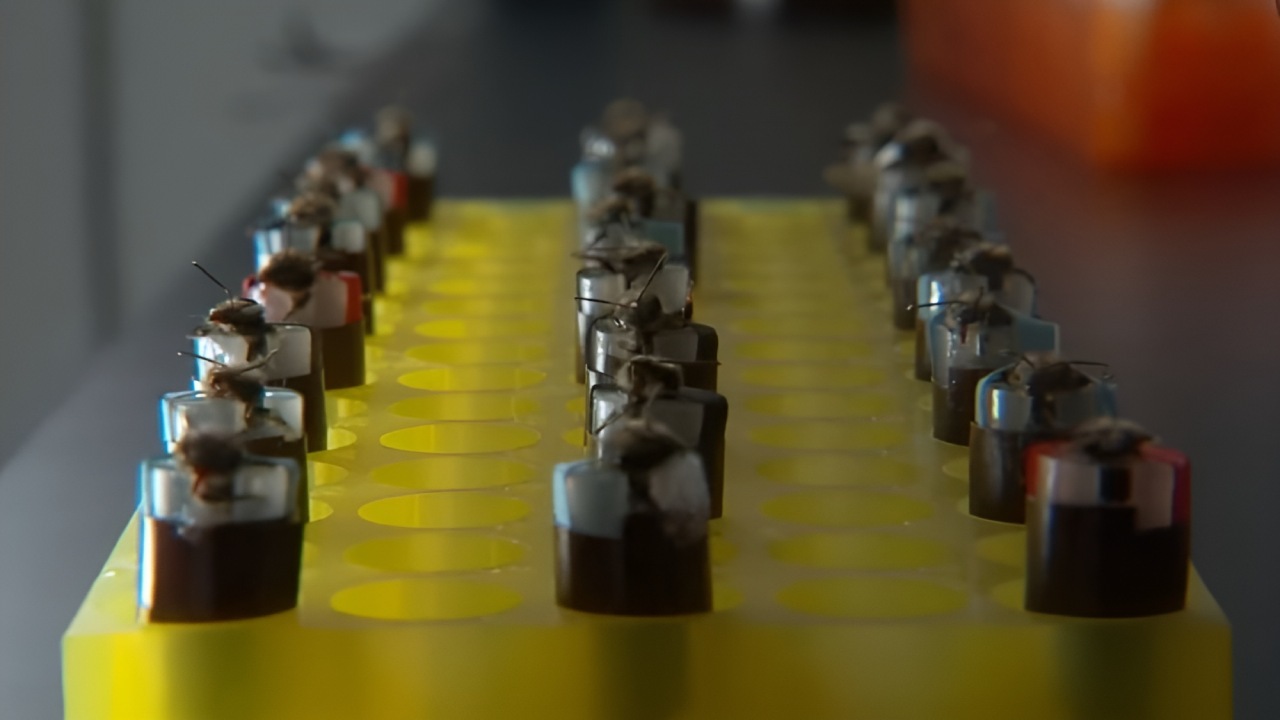
Although bees are sensitive to explosive odors, they only They can identify specific items on which they have received training. This limitation means that they are not equipped to detect a wide range of explosives and that they need separate training for this.
In summary, the use of honeybees for explosive detection demonstrates that these animals can perform exceptionally well even on tasks that are larger than their size. honey bees Can perform the desired tasks after a successful training process and at this point it may contribute more than expected.
However, it is debatable how appropriate it is to use bees and other animals to detect explosives. These processes can harm animals and reach cruelty. at this point considering both potential and ethical considerations It is of great importance.
Our other content that may interest you:
RELATED NEWS
Why Are Bees Unable to Remove Their Stings and Die When They Sting Us?
RELATED NEWS
